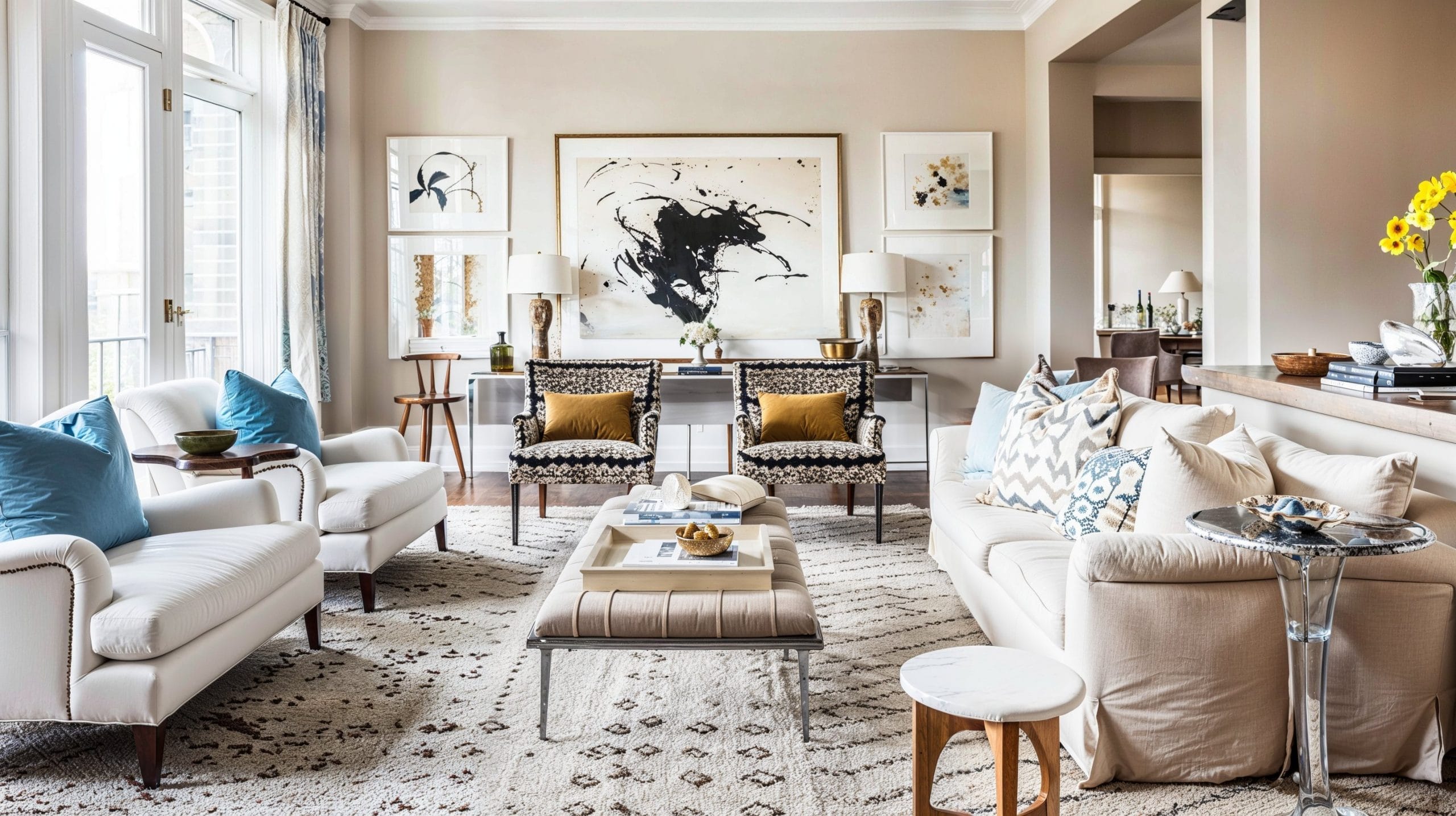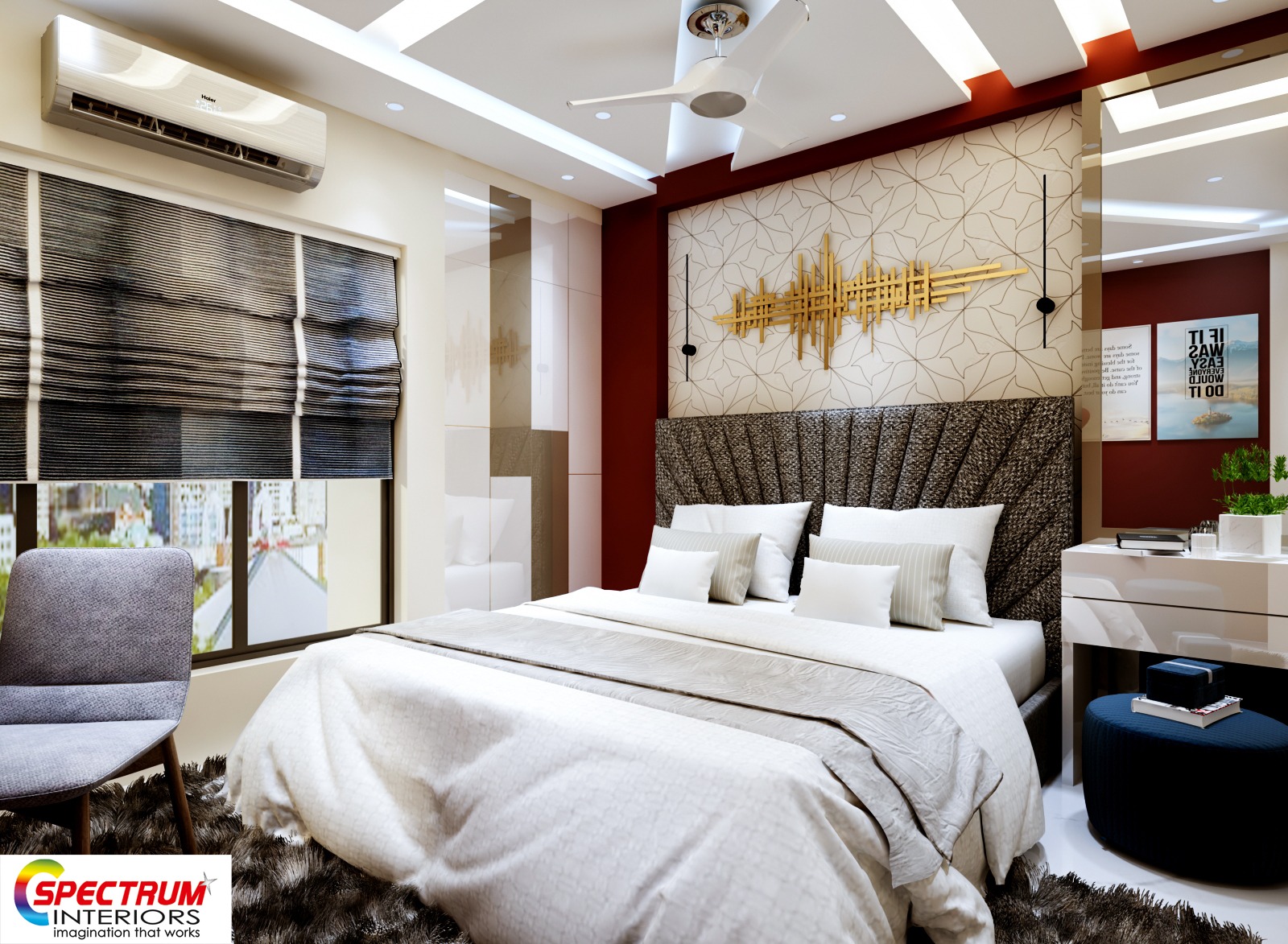Consult an innovative Architecture Firm for cutting-edge and creative designs.
Consult an innovative Architecture Firm for cutting-edge and creative designs.
Blog Article
Change Your Home With Important Principles of Interior Style and Looks
By recognizing the influence of color theory and the significance of appearance and patterns, one can produce areas that are not just visually appealing yet likewise deeply personal. Attaining this stability entails even more than simple decoration; it encompasses a critical arrangement and an eager understanding of exactly how each aspect connects within an area.
Understanding Shade Theory
Recognizing the principles of color concept allows designers to develop spaces that resonate mentally with occupants while satisfying functional demands. Each group plays an important function in developing harmony within an area.
The emotional effect of shades is extensive; warm shades such as reds and oranges stimulate power and heat, while amazing tones like blues and environment-friendlies promote calmness and harmony. In addition, the usage of complementary colors enhances visual rate of interest, developing striking contrasts that can elevate a room's appeal.
Neutral shades, on the various other hand, function as a versatile backdrop, allowing other design elements to beam. It is important to take into consideration variables such as lighting and the area's objective when picking a color combination, as these can change the assumption of shades throughout the day.
Eventually, a well-considered color pattern can change a space, fostering a sense of convenience and design that aligns with the occupants' preferences. Mastery of color concept is, consequently, an essential ability for any kind of indoor designer aiming to create unified and inviting settings.
Attaining Equilibrium in Style
How can developers accomplish a sense of stability in their rooms? Attaining balance in style is fundamental to producing unified insides.
Unbalanced balance, on the various other hand, depends on differing components that still accomplish a cohesive look. This technique permits even more vibrant and informal plans, offering passion while maintaining equilibrium. By thoroughly selecting varying dimensions, shades, and appearances, designers can create an aesthetically compelling area that feels balanced yet energetic.
Radial balance stresses a main prime focus with components radiating outward. This design is frequently seen in round designs, where furniture and decor create a natural surround that draws the eye inward.
Ultimately, achieving equilibrium needs thoughtful consideration of range, proportion, and the partnerships between components. interior design firms. By skillfully applying these balance concepts, developers can transform spaces into settings that feel both aesthetically pleasing and functionally harmonious, improving the general experience for occupants
Relevance of Spatial Awareness

An eager sense of spatial recognition allows designers to determine focal factors within a space, assisting the customer's interest to crucial Read Full Report attributes while keeping an overall sense of unity. It additionally aids in the strategic placement of illumination, which can substantially influence the assumption of area and state of mind. Recognizing spatial connections enables the designer to cater to the details needs of occupants, making sure that each area serves its desired objective without compromising appearances.
Inevitably, spatial awareness is vital for taking full advantage of the potential of any kind of indoor room. By very carefully thinking about the interaction in between measurements, design, and function, developers can produce environments that not just fulfill sensible needs but likewise evoke a sense of comfort and charm, boosting the general living experience.
Integrating Texture and Patterns
Welcoming a his explanation varied variety of structures and patterns can substantially enhance the aesthetic and responsive appeal of an indoor area. The critical usage of different materials-- such as timber, steel, textile, and stone-- produces deepness and interest, making a space feel a lot more inviting and dynamic. Combining smooth surface areas with rough textures can develop an equilibrium that attracts the eye and involves the detects.
When including patterns, think about both scale and rep. Large patterns can serve as prime focus, while smaller sized, refined designs can complement other components without overwhelming the space. Layering patterns, such as pairing floral paddings with striped throws, includes intricacy and a feeling of consistency if performed thoughtfully.
It is also critical to preserve a natural shade palette, making sure that textures and patterns interact instead of compete for focus. By picking a couple of key appearances and patterns, you can develop a linked visual that mirrors your individual style while improving the general ambiance of the room. Eventually, the cautious consolidation of these components can transform an ordinary space right into an innovative environment rich with character and warmth.
Individualizing Your Room
Developing an area that mirrors your personality is important to attaining an absolutely inviting atmosphere. Customization in indoor design enables you to instill your one-of-a-kind style and passions into your home, transforming it from a plain sanctuary right into a refuge that speaks to who you are. Begin by picking a shade scheme that resonates with your feelings-- strong shades can invigorate, while soft tones provide tranquility.
Include artwork and style that show your interests, whether it be travel, nature, or abstract principles. Presenting personal collections, such as publications, photographs, or keepsakes, can evoke treasured memories and create prime focus within a room. In addition, consider tailoring functional pieces, like upholstered furnishings, to align with your visual choices.

Verdict
Finally, the improvement of a home via the important concepts of interior layout and visual appeal necessitates a detailed understanding of shade theory, balance, spatial understanding, appearance, and personalization. Each aspect adds significantly to producing an unified and useful living setting - miami interior design. By attentively integrating these principles, individuals can enhance the visual appeal and emotional resonance of their spaces, inevitably fostering a home that reflects distinct identities while offering comfort and functionality
Report this page